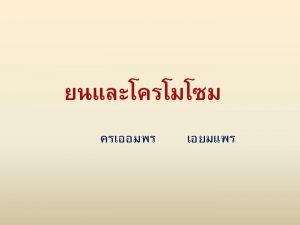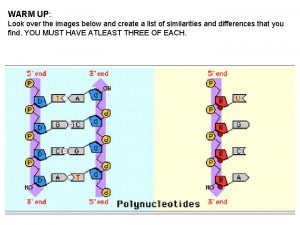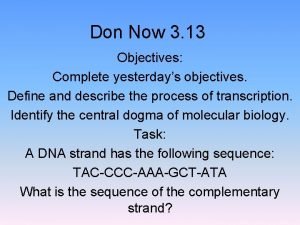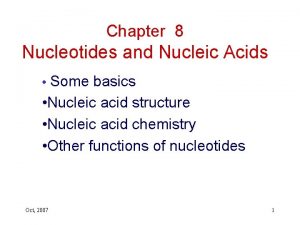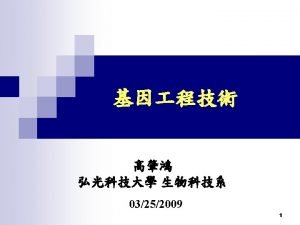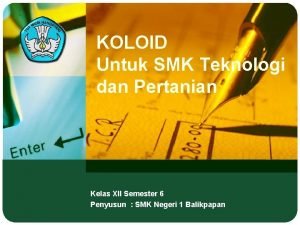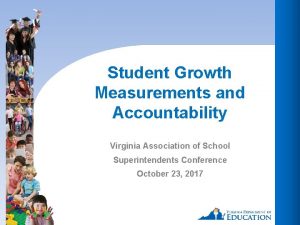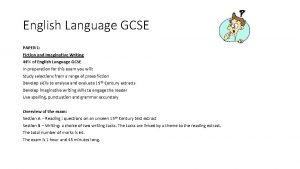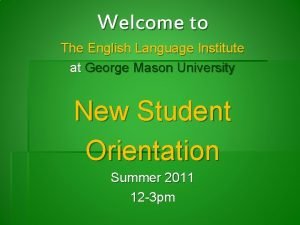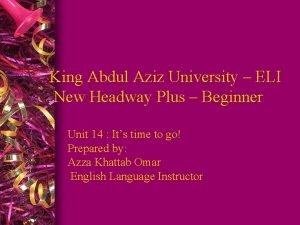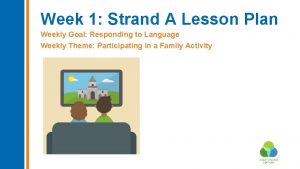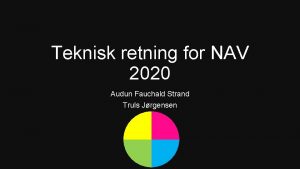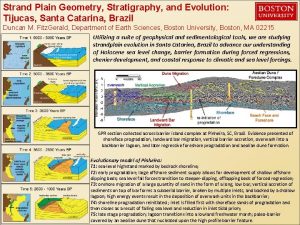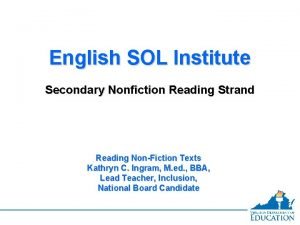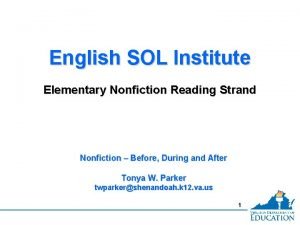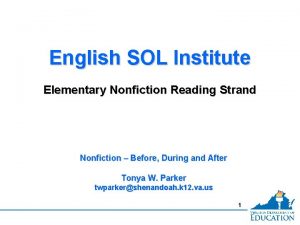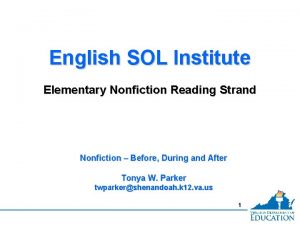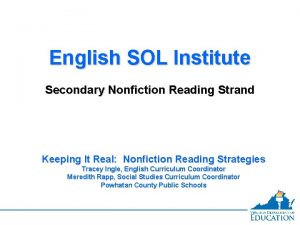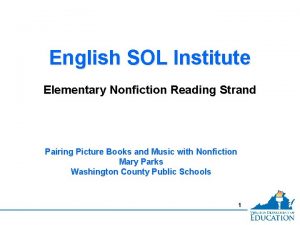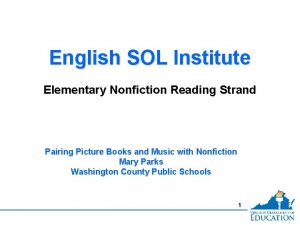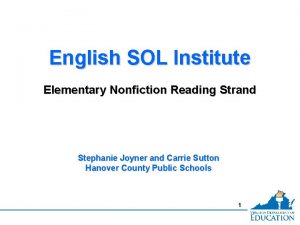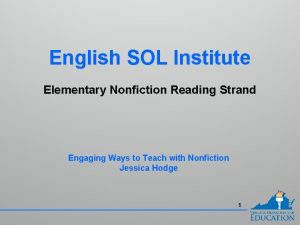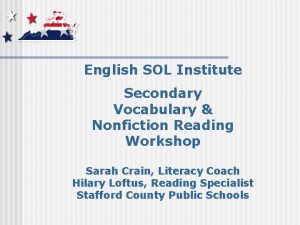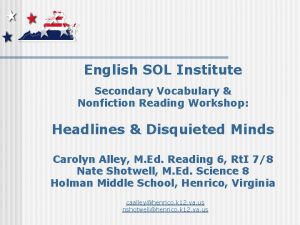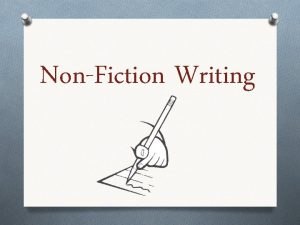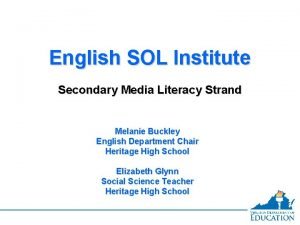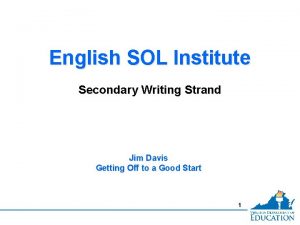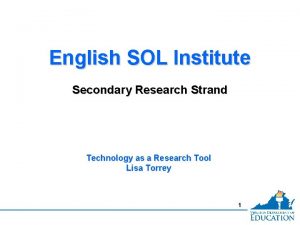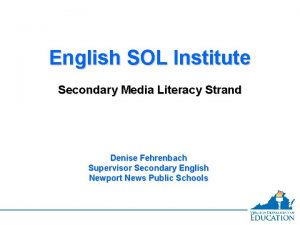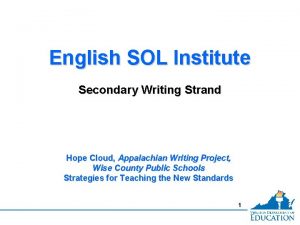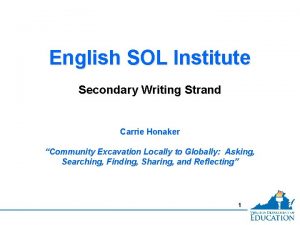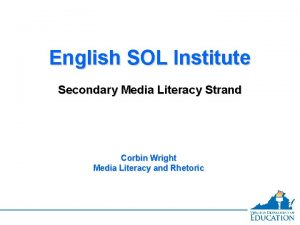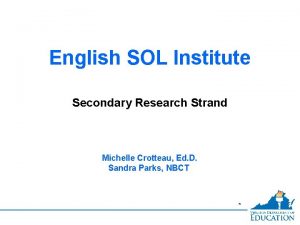English SOL Institute Secondary Nonfiction Reading Strand Nonfiction



























- Slides: 27

English SOL Institute Secondary Nonfiction Reading Strand Nonfiction Reading Karyn Stone Simonelli

Secondary Nonfiction Reading Key Points in Nonfiction Reading • Nonfiction includes both informational and functional passages • Emphasis on text structures and organizational patterns. Examples in the Curriculum Framework • Comprehension of nonfiction reading is a reporting category on new SOL tests. 2

Secondary Nonfiction Reading Key Points in Nonfiction Reading • Pair passages of same topic: fiction and nonfiction • 9 -12 nonfiction standards include identification of faulty reasoning • More nonfiction items on SOL test beginning at 5 th grade 3

Secondary Nonfiction Reading 4 -12 Reading Blueprints 4

Why Nonfiction Reading? Author Ed Sullivan writes in the English Journal, “ Because nonfiction is usually regarded in a purely utilitarian terms, it does not seem to occur to some educators that a non-fiction work can simply be a ‘good read’ – something entertaining, fun, enjoyable, or just plain interesting. ” (English Journal, Jan. , 2001) Why are classrooms “fictioncentric”?

Teen Readers prefer “the real thing” Nonfiction is the preferred reading choice of many students • Personal Choice • Creating life-long readers • Our literary education has been focused on fiction • Non-fiction can teach the same reading skills that fiction can teach…and even more when linked to fictional pieces, listening skills, and research.

Valuing Nonfiction and Narrative Nonfiction “Another reason teachers may not value non-fiction is because they may not understand how to use it with their students. Unrecognized is the potential non-fiction has to stimulate the analytical and critical thinking skills students use in reading fiction. ” (Ed Sullivan, English Journal, Jan. 2001). • • • The Autobiography of Benjamin Franklin The Narrative of the Life of Frederick Douglass A Night to Remember Into the Wild and Into Thin Air October Sky

Current Nonfiction and Narrative Nonfiction • Erik Larson’s In the Garden of Beasts and Devil in the White City • Stephen Johnson’s The Ghost Map and Where Good Ideas Come From: The Natural History of Innovation • Mika Brzezinski’s Knowing Your Value: Women, Money, and Getting What You’re Worth • Diane Ackerman’s The Zookeeper’s Wife

The English SOL and Nonfiction Each grade 4 -12 has a separate reading standard for nonfiction. What are the SOL requirements for nonfiction? 11. 5 The student will read analyze a variety of nonfiction texts. a) Use information from texts to clarify understanding of concepts. b) Read and follow directions to complete an application for college admission, for a scholarship, or for employment. c) Generalize ideas from selections to make predictions about other texts. d) Draw conclusions and make inferences on explicit and implied information using textual support. e) Analyze two or more texts addressing the same topic to identify authors’ purpose and determine how authors reach similar or different conclusions. f) Identify false premises in persuasive writing. g) Recognize and analyze use of ambiguity, contradiction, paradox, irony, overstatement, and understatement in text. h) Generate and respond logically to literal, inferential, evaluative, synthesizing, and critical thinking questions before, during, and after reading texts. .

Reading Strategies • SQ 3 R (Survey, Question, Read, Recite, Review) • PAR (Prepare, Assist, Reflect) • KWL (what we know, want to know, and learned) • BIG FOX

Other Strategies • Journals or Reading Logs - include not only concepts /ideas introduced, literary devices, persuasive devices, character development, plot development, theme development, irony, symbols, motifs, diction, syntax, and figurative language • Paired Readers – assists to clarify misunderstandings, discuss likes or dislikes about the book, helps to make connections • Vocabulary logs – helps with tricky vocabulary or jargon • Research assignments- prior to reading to build background knowledge, builds interest. Search Internet , databases , newspapers , magazines, video clips for material that relating to the topic • Use the New York Times Learning Network Poetry pairings • Read paired fictional pieces or poems, show video clips of documentaries, facilitate analysis and connections

The Ghost Map by Steven Johnson Appropriate for high school “The story of London’s most terrifying epidemic – and how it changed science, cities, and the modern world” (book jacket) “By turns a medical thriller, detective story, and paean to city life. Johnson’s account of the outbreak (of cholera) and its modern implications is a true page turner. ” (The Washington Post)

Uses of The Ghost Map • Synthesis Essay (AP Language) • Springboard for research on epidemiology, urban planning, mystery solving • Using visual aids and graphics to help MAP a problem and solve it • Studying persuasive devices, diction, syntax • Spurring interest in other nonfiction texts • Speeches (modeled after TED talks)

The Ghost Map resources • www. theghostmap. com - includes interviews with the author, Dr. Snow’s actual map from 1854, links to other sites detailing Dr. Snow’s work • www. ph. ucla. edu/epi/snow. html - UCLA’s school of epidemiology site dedicated to the work of Dr. John Snow • http: //johnsnow. matrix. msu. edu/ - Michigan State University’s site dedicated to archiving Dr. Snow’s published writings

The Ghost Map resources • Steven Johnson’s You. Tube video - where good ideas come from relating to John Snow’s and Rev. Henry Whitehead’s circular route and collaboration to solve this crisis • A Top Documentary film - relates directly to a chapter in The Ghost Map. • Steven Johnson’s TED Talk about the book.

Companion Pieces Graphic: Death comes through a water pump in Victorian London • Charles Dickens’ Our Mutual Friend or any other Dickens work that features life among the poor in Victorian London • Edgar Allan Poe’s Sonnet to Science • Edgar Allan Poe’s The Masque of the Red Death • Abigail Adams’ letters to John concerning the smallpox inoculations

Multi-genre Research Project The multi-genre project asks students to see, understand, interpret, synthesize, and know their subject through multiple genres rather than a traditional or linear research-based paper. It asks students to be explicitly creative and scholarly, to pay close attention to matters of style as well as research. This is a vehicle well-suited to the study of nonfiction. It allows students to use their reading and study of a topic of interest to master the nonfiction SOL.

Chasing Lincoln’s Killer Appropriate for middle school • A popular young adult book based on the James L. Swanson’s best seller Manhunt. • This book takes the elements of the true story of chasing John Wilkes Booth and turns it into an engaging narrative that comes alive for young readers.

Resources • Lincoln’s 2 nd Inaugural Address - good for the study of diction, syntax, and in identifying the main point • The Plot to Kill Lincoln - a documentary produced by National Geographic • “In Whitman’s Pocket, an Imagined Lincoln” - Andrew Goodheart’s blog from The New York Times (Dec. 15, 2010) with a slide show and an interactive feature • John Wilkes Booth - short videos and a comprehensive interactive page • When Lilacs Last in the Dooryard Bloom’d – Walt Whitman’s tribute to Lincoln • John Wilkes Booth Biography - is available many interactive features • Ford’s Theater Web page - pictures and information on the assassination and Booth’s escape

Using Resources Creatively • • Print Media Projects (students use the text and the research to create these themselves) Newspaper article Obituary Editorial Letter to the Editor Advice Column Blog Tweet or Facebook Status (what would Booth have Tweeted? )

Using Resources Creatively • Visual Displays • Pictures/photographs/art/ collage • Graph/chart • Map • Storyboard • Postcard • Scrapbook Page • Magazine Cover • Mandala • Interactive Web page • Visual Projects (with words) • Poster (wanted) • Invitation • Ad • Travel Brochure • Greeting Card • Cartoon • Bumper Sticker • Business Card • Neighborhood flyer

Using Resources Creatively • Expository Writing • Creative Writing • • • • Interview Speech Timeline Resume Will Police report or indictment • FBI File • “Wikipedia” entry • Meeting agenda Song Poem Short Story One Act Play Personal narrative Eulogy Prayer Letter Travel Journal

Using Resources Creatively • Critical Analysis • Reader Response with research • Psychological study of Booth • Investigation of Mary Surratt (was she involved)? Possible investigation of women and the death penalty. • Investigation of Dr. Mudd • Alternative ending to the story. What if Booth were tried? What if he escaped? What if we never knew what happened to him? Would conspiracy theories abound like with the Kennedy assassination?

Nonfiction and Narrative Nonfiction for 9 -12 Use fiction, poetry, drama in text books and online to locate companion pieces Into the Wild and Into Thin Air by Jon Krakauer Manhunt or Chasing Lincoln’s Killer by James Swanson Seabiscuit by Laura Hillenbrand Friday Night Lights by Buzz Bissinger Band of Brothers by Stephen Ambrose The Perfect Storm by Sebastian Junger The Color of Water by James Mc. Bride Marley and Me by John Grogan On Writing by Stephen King In Cold Blood by Truman Capote Steve Jobs by Walter Isaacson

Nonfiction and Narrative Nonfiction for 6 -8 The Life and Death of Crazy Horse by Russell Freedman Bloody Times: The Funeral of Abraham Lincoln and The Manhunt for Jefferson Davis by James Swanson Bloody Crimes: The Chase for Jefferson Davis and The Death Pageant for Lincoln’s Corpse by James Swanson Understanding Psychology by Nicky Hayes Wicked Plants: The Weed that Killed Lincoln’s Mother and Other Botanical Atrocities by Amy Stewart The Earth Moved by Amy Stewart How They Croaked by Georgia Bragg Dreadful Fates by Tracey Turner Lafayette and the American Revolution by Russell Freedman Three Cups of Tea (young adult version) by Greg Mortensen

Contact Information Karyn Stone Simonelli kssimone@vbschools. com 26

Disclaimer Reference within this presentation to any specific commercial or non-commercial product, process, or service by trade name, trademark, manufacturer or otherwise does not constitute or imply an endorsement, recommendation, or favoring by the Virginia Department of Education. 27
 Ring of fire
Ring of fire Mrna strand that is complementary to the dna strand aattgc
Mrna strand that is complementary to the dna strand aattgc Template strand, new strand, base pair, and dna polymerase.
Template strand, new strand, base pair, and dna polymerase. Phosphoanhydride bond
Phosphoanhydride bond Watson strand crick strand
Watson strand crick strand Perbedaan sol liofil dan sol liofob
Perbedaan sol liofil dan sol liofob Pre reading while reading and post reading activities
Pre reading while reading and post reading activities Va growth assessment
Va growth assessment Biology sol practice test
Biology sol practice test Nonfiction reading strategies
Nonfiction reading strategies Nonfiction reading test black friday
Nonfiction reading test black friday Paper 1 fiction and imaginative writing
Paper 1 fiction and imaginative writing Eli gmu
Eli gmu King abdulaziz university english language institute
King abdulaziz university english language institute English language teaching institute
English language teaching institute Round robin reading vs popcorn reading
Round robin reading vs popcorn reading What are the aims of teaching reading?
What are the aims of teaching reading? 2 types of reading
2 types of reading Guided reading vs shared reading
Guided reading vs shared reading According to gary goshgarian, critical reading is
According to gary goshgarian, critical reading is Intensive reading and extensive reading
Intensive reading and extensive reading For adult
For adult Style of reading
Style of reading What is a strand in a lesson plan
What is a strand in a lesson plan History curriculum victoria
History curriculum victoria St regis bali strand villa
St regis bali strand villa Audun fauchald strand
Audun fauchald strand Strand plain
Strand plain
